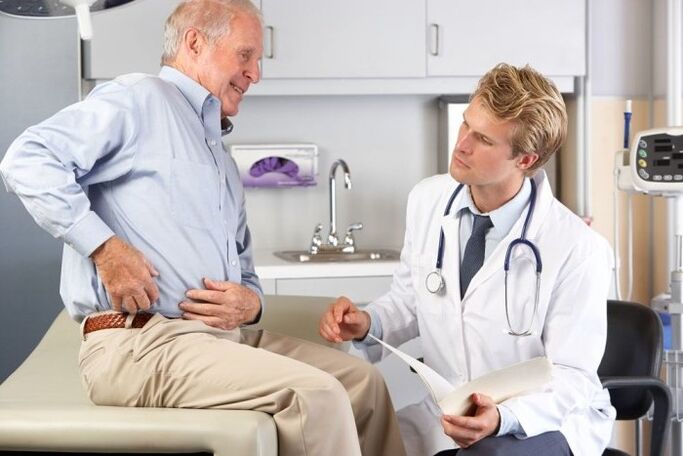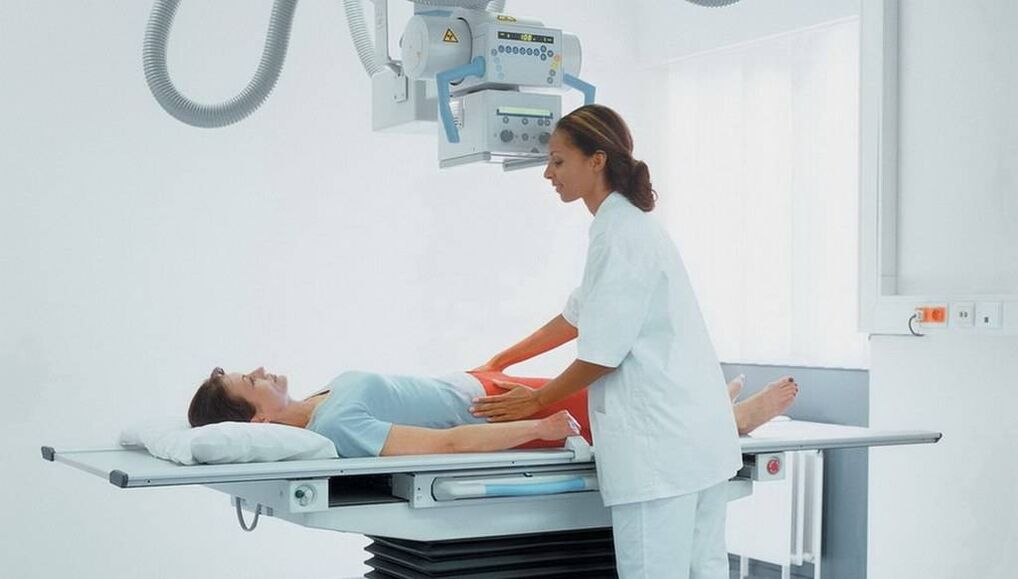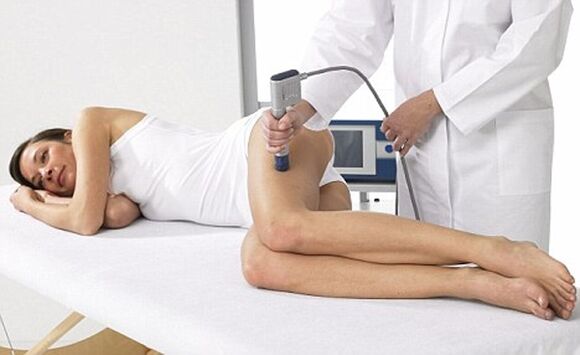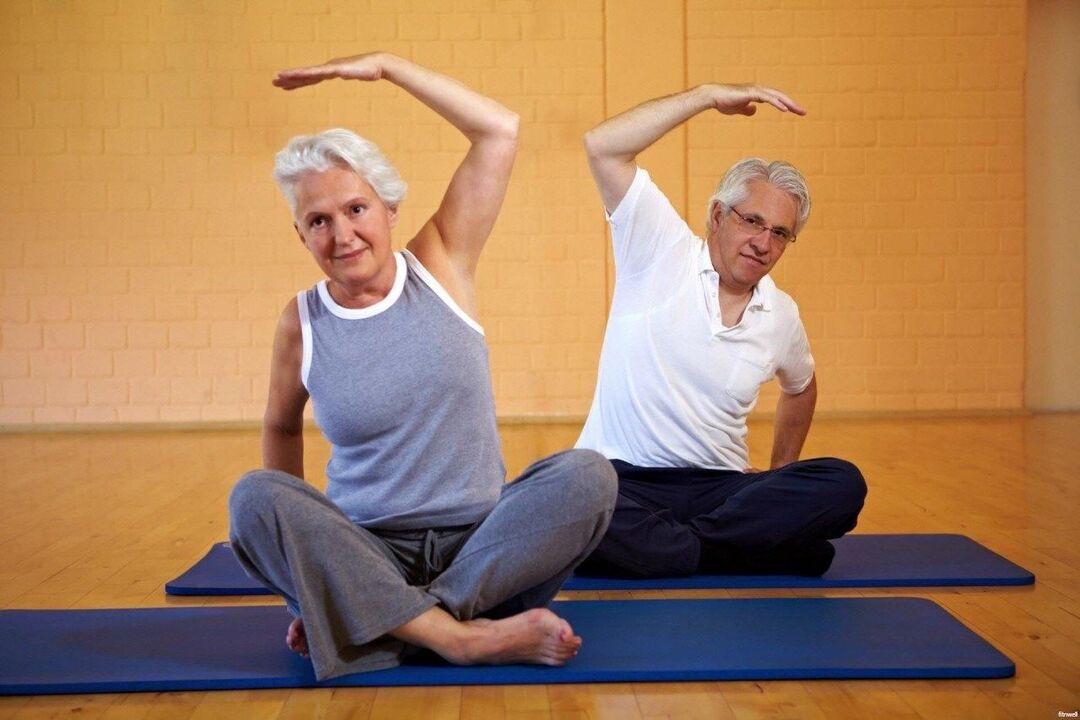Osteoarthritis (arthrosis) of the hip joint is a chronic, progressive pathology in which a degenerative-dystrophic process occurs in the area of the pelvic bone joint. To be more precise, there is destruction of the hyaline cartilage lining the femoral head and acetabulum, the surfaces of the pelvic bones that are in contact with each other.
The second name of the pathology is coxarthrosis of the hip joint.
Arthrosis of the hip joint: characteristics of the disease
Often, direct knowledge of what coxarthrosis is is for older people, especially women, who are at risk of developing pathology after 45 years. The appearance of such selective pathology derives from the specificity of the pelvic bone structure of women, as well as from their direct participation in the childbirth process. In men, arthrosis of the hip joint (coxarthrosis) occurs mainly after 65 years.
An important role in the pathogenesis of coxarthrosis is played by the natural aging of the body, when the most stressed bone joints begin to collapse.

Also, the disease can be triggered by several infectious, traumatic, non -inflammatory diseases, a combination of them. At first, arthrosis manifests itself as pain and a decrease in movement activity in the pelvic area, but then the consequences become more serious - the affected limb is shortened.
Classification of diseases
The type of arthrosis of the hip joint depends on the characteristics of its development and the cause of its occurrence. Often there is arthrosis after trauma of the hip joint - it appears after an injury. The classification also includes the following types of arthrosis:
- Dysplasia - caused by dysplasia that arises in childhood, but does not heal;
- Static - is associated with uneven load on the pelvic area, which occurs with pathology of the feet, knees, ankles;
- Post -infectious - appears after various inflammatory diseases;
- Primary chronic - develops in older people due to aging of the body.
Any type of disease can be referred to as "deformed arthrosis of the hip joint", because the pathology leads to a violation of the shape and appearance of the pelvic bone articulation.
In addition, the disease is divided into 3 degrees according to the severity of the changes, the symptoms of which are described below in the text.
Causes of the development of arthrosis
Signs of coxarthrosis can appear even in the absence of obvious prerequisites, which are caused by natural degenerative processes in the joints. It has a narrow gap, while withstanding large and constant loads, so it wears out earlier than the others. Initially, blood circulation is disrupted in the tissues, so nutrients are delivered to the hyaline cartilage at a lower level. Metabolic processes are disturbed, the cartilage dries, cracks are formed on it. Furthermore, the articular surface quickly wears out, is destroyed - arthrosis of the hip joint develops. Symptoms can appear more quickly if the body is influenced by several provoking factors:
- Any injuries;
- Physical work, heavy sports;
- Spinal diseases, including curvature;
- Flat feet;
- Arthritis against the background of infectious processes;
- Joint dysplasia is transferred in childhood;
- Metabolic diseases;
- Overweight;
- Rheumatism and other autoimmune pathologies.
Against the background of the influence of such factors, the disease can develop faster - after 30-40 years.
Symptoms of coxarthrosis
The signs of hip joint arthrosis largely depend on its degree. During pathology, three degrees (stages) are distinguished:
- first degree. There is pain during physical exertion - after a long walk, running, associated with it there is pain, dull sensation in the pelvic area (passing after a short rest). The pain does not spread to other parts of the foot. Deformation of the hip joint arthrosis stage 1 does not cause changes in gait, the muscles are fully functional. By the end of the stage, slight restrictions on leg movement may appear;
- second degree.The pain in arthrosis of the hip joint in this case becomes more pronounced. The pain appears with minimal effort, the discomfort is present in the evening after the working day. There is pain at night, during rest. Crispy, feeling of friction at the joint connection. If a person walks for a long time, then swaying movements can be observed in the walking style. It becomes difficult to put on shoes, bring your feet to the side;
- third degree.Pelvic bone function is seriously affected (with primary arthrosis, both joints are affected, with other types, usually only one). The pain in the groin is constant, painful, it gives to the knee. The thigh muscles atrophy. The legs become shorter, so one uses crutches and crutches to move.
Later, ankylosis occurs, in which movement becomes impossible at all.
Diagnosis of the disease
What is coxarthrosis of the hip joint, what is its stage and how to treat the disease? All problems should be resolved after diagnosis. Despite the fact that the main method of making a diagnosis is radiography, patients require the consultation of several narrow specialists and tests. This will help to find the cause of the disease and act on it. So, coxarthrosis can be triggered by osteochondrosis, flat feet, urological and gynecological infections, and their treatment will help stop the destruction of bone articulation.

To make an accurate diagnosis and determine the degree of arthrosis, all the changes can be seen perfectly in the picture - X -ray or CT (MRI):
- The first stage is a slight narrowing of the gap, the appearance of marginal osteophytes;
- The second stage - narrowing of the joint space by 50% of the norm, the appearance of osteophytes on the outside and inside the gap, deformation of the femoral head, often - the presence of inflammatory changes in the tissues near the bone articulation;
- The third stage is a sharp joint deformation, the presence of large osteophytes, sclerosis zones.
Treatment of arthrosis
Conservative treatment
Ointments, creams, tablets for arthrosis of the hip joint help only in the first stages of the disease. Medications can fully restore cartilage, and it is important to start therapy at an early stage. Commonly used NSAIDs, corticosteroids, chondroprotectors, drugs based on hyaluronic acid, muscle relaxants. They also practice massage, exercise therapy and therapeutic exercises.
In the second stage, it is necessary to connect physiotherapy and mechanical methods to affect the joints. These include hood extractor, UHF, magnetotherapy, shock wave therapy, ultrasound, laser, inductothermy, electrophoresis. Folk remedies for arthrosis of the hip joint, such as local remedies, are only of secondary importance, and the main method of therapy should be drugs.
Be sure to apply a diet for coxarthrosis of the hip joint, it is necessary to normalize metabolism and improve cartilage nutrition.

Endoprosthetics for arthrosis
The third stage of the disease can only be treated through surgery. Patients are recommended joint replacement surgery, or arthroplasty. The surgeon cuts the head of the femoral bone, inserting a metal pin into the incision, to which the artificial head is attached. After surgery, a lengthy rehabilitation and exercise therapy is carried out, but then the hip joint will be fully functional, and the doctor will be able to answer the patient affirmatively to the question of whether it is possible to squat with hip joint arthrosis.

Disease prevention
To prevent hip arthrosis, sports and a healthy lifestyle must be a priority. It is not possible to strain the joints, but it is necessary to eliminate hypodynamia. Good for walking, swimming, skiing, elliptical trainers. It is also important to lose weight and eat properly.

Prevention of arthrosis of the hip joint is also based on the early treatment of any bruises, injuries affecting the pelvis and spine. In childhood, all congenital joint pathologies should also be eliminated.
Answers to popular questions
- Who should be contacted with arthritis? The question of which doctor treats coxarthrosis of the hip joint has no definite answer. Of course, it is initially recommended to contact a surgeon, traumatologist or orthopedic specialist, which depends on the capabilities of the clinic. At specialized centers, arthrologists deal with pelvic joint problems, but it is not always possible to find a narrow specialist.
Depending on the cause of the disease, in the future, in parallel, you will need to apply for and undergo treatment under the supervision of a rheumatologist, neurologist, infectious disease specialist and several other doctors;
- Can arthritis be cured? The disease is chronic, and it is impossible to eradicate it completely, especially since the main cause is aging. But if you see a doctor when there is stage 1 arthrosis of the hip joint, you can cure all the existing changes, and then prevent its rapid progression. At a later stage, it is possible to stop and correct all existing pathological changes, and live normally due to the usual course of therapy. Only arthroplasty can save a joint from arthrosis, but it also has some drawbacks - from the need for periodic replacement of the prosthesis to postoperative complications - pain, thrombosis, infection;
- When is local therapy adequate, and in what cases can a visit to the doctor be avoided? Any ointment can only slightly increase the microcirculation of blood in the joint area, and also relieve pain, but has no therapeutic effect. In addition, these joints are located very deep, which makes it difficult for the active ingredient to penetrate. Therefore, it is necessary to consult a doctor at any stage of the disease, regardless of the severity of manifestations. Only in the early stages of the disease can it be stopped with "small blood" without surgery.
Arthrosis of the hip joint is a crippling pathology that renders a person paralyzed, preventing him from walking.
The only way to prevent such problems from developing is to start conservative therapy at stage 1-2 of the disease, not forgetting to run a regular and full course.


















